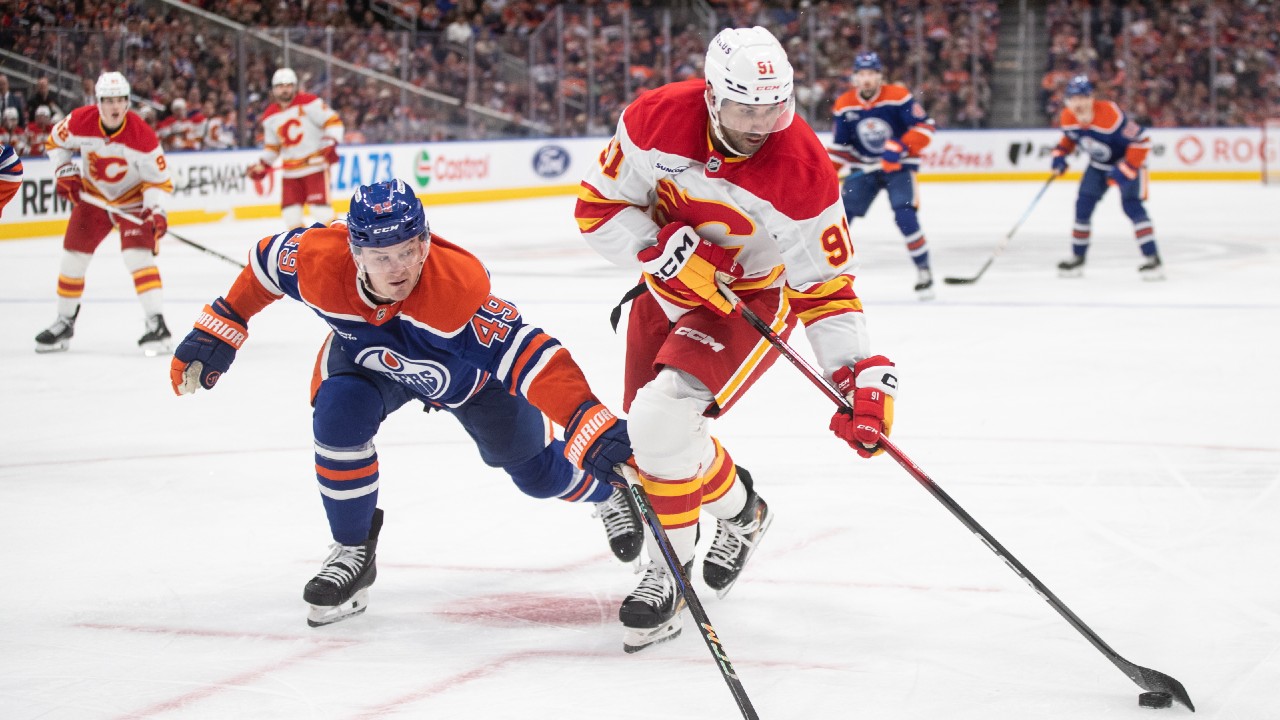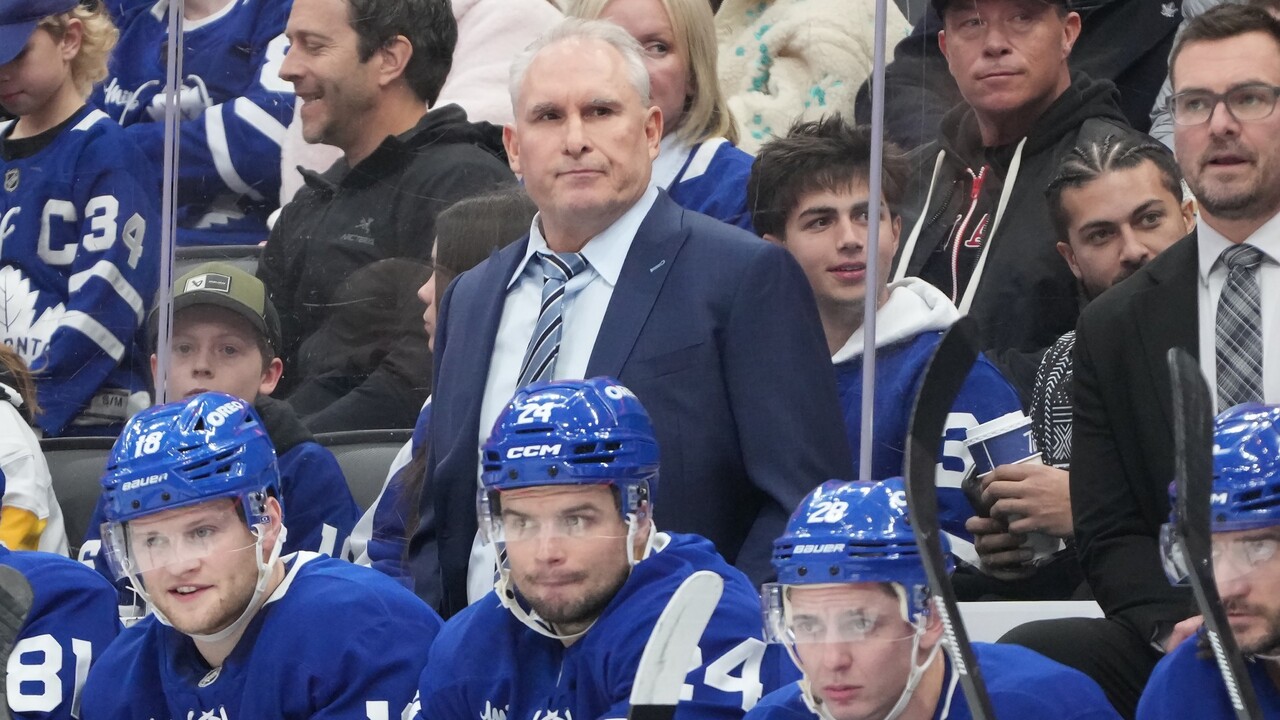
NEW YORK — Yusei Kikuchi and Kodai Senga go back over a decade. They got to know one another while pitching in Japan’s Nippon Professional Baseball and forged a close bond at the league’s 2013 all-star game. It was there that they discussed their shared dream of one day testing themselves in MLB. By the time they were both all-stars again in 2017, they were already planning their moves to North America.
They opposed one another in NPB only twice — most recently in August 2018. Kikuchi struck out 10 over eight innings that day while Senga countered with 12 over 6.2. Senga’s SoftBank Hawks edged Kikuchi’s Seibu Lions, 3-2, despite the future Blue Jay throwing a complete game.
A year later, Kikuchi was in MLB playing for the Seattle Mariners. Three years after that, Senga made the jump himself, signing a five-year, $75-million deal with the New York Mets. That’s when Kikuchi got a call from Senga seeking advice about navigating the culture shock. He told his old friend to seek out the burly designated hitter who’d helped him assimilate to life in the United States — then Mariner and current Met Daniel Vogelbach.
“Vogelbach, he really took care of me when I was on the Mariners,” Kikuchi said before facing off with Senga for a third time on Sunday. “When [Senga] signed with the Mets, he reached out and we talked about what it’s like to be in the major-leagues and all that. … We always had the dream of playing in the major leagues one day — we were always talking about that. So, now that both of our dreams have come true and we’re facing each other, it’s really cool.”
There were no double-digit strikeout performances this time around. But Kikuchi did run his total up to eight over five serviceable innings, allowing two runs on four hits and a walk as he outpitched his old friend in a 6-4 Blue Jays victory over the Mets.
Ultimately, neither Japanese starter factored into the decision as Senga’s day ended early and Nate Pearson coughed up a pair of solo shots in the sixth inning to surrender the two-run lead he inherited from Kikuchi. But Toronto’s advantage was quickly restored as Brandon Belt smashed a 1-2 Dominic Leone slider 427 feet to centre in the top of the seventh for a two-run shot.
That was all Toronto needed for a fourth consecutive win, a series sweep of the Mets, and a continuation of this volatile season. After beginning the year 18-9, the Blue Jays have gone on successive stretches of 0-5, 6-2, 2-9, and now 7-2, oscillating between cold and hot streaks that have taken them through a little over a third of the season with a 33-27 record.
That’s an 89-win pace, one the club will no doubt need to improve upon over its final 102 contests if it’s going to host wild card games at Rogers Centre in early October. But for the last week-and-a-half at least, the Blue Jays are doing what they need to do, winning consecutive series for the first time since late April.
Kikuchi leaned heavily on his two breaking pitches Sunday, throwing either a slider or curveball 65 per cent of the time. He mostly kept them to the edges of the strike zone or beyond and away from dangerous areas, running up 10 whiffs with his slider and five more with his curve. His fastball — ranging from 95-97 m.p.h. — was in the zone and earned Kikuchi four more whiffs for a season-high 19. If anything, the pitch was underused. But that’s nothing new with Kikuchi.
Neither is his continued susceptibility to the longball, as Tommy Pham lifted a pair of solo shots — one off an up-and-away fastball, another off an up-and-in slider — beyond Citi Field’s walls. But by walking only one on the day and keeping the basepaths clear, Kikuchi was able to limit the damage.
Senga, meanwhile had his worst outing as a Met. That’s a credit to Blue Jays hitters working a patient, measured approach as Senga battled his command and landed only 35 per cent of his pitches in the strike zone.
The 30-year-old’s calling card is his “ghost fork” — a cross between a splitter and a forkball that comes out of his hand at 83-84 m.p.h. and drops 37 inches on its way to the plate. Here’s what that looks like:
In combination with a 96-m.p.h. fastball, a tight cutter for lefties, and a big sweeper for righties, Senga can be overwhelming. Entering Saturday’s start, batters had whiffed 59.1 per cent of the time they swung at Senga’s ghost fork and he’d allowed only six hits on it all season — five singles and a double.
“It’s a very rare pitch,” Kikuchi said. “A lot of pitchers in Japan throw splitters. But nothing like the splitter that Senga throws. Visually, it seems like the ball is rising and then it drops. Not a lot of pitchers can do that. It’s probably just him.”
But Blue Jays hitters were well prepared for it Sunday, laying off 10 of the 14 Senga threw. Matt Chapman was seeing it particularly well, taking a full-count ghost fork for a walk in the second and doubling off another in an 0-1 count in the third. Whit Merrifield took a tough one himself in that third inning, drawing a full count walk that ended Senga’s day.
The Blue Jays got a pair off Senga in the second, as Merrifield laced a 2-1 fastball into the right-centre field gap to plate Chapman and Daulton Varsho. The Blue Jays forced Senga to throw 31 pitches that inning — Chapman and Tyler Heineman each worked seven-pitch walks — softening him up for the third, when the right-hander left a first-pitch fastball up-and-in to Vladimir Guerrero Jr.
Two pitches later, Chapman ripped his double into the left-field corner. And five pitches after that, as Varsho drew a walk, Mets catcher Francisco Alvarez sailed a pickoff attempt at second into centre field, which allowed Chapman to race home with Toronto’s fourth run of the day. Merrifield followed, laying off a pair of two-strike ghost forks to earn his free pass. And that was that for Senga.
Of course, Sunday was always going to be a test for Senga, who was pitching on four days rest for the first time since entering MLB. The Mets had kept him on an every-sixth-day schedule through the season’s first two months, closely mimicking the routine Senga established in Japan where starters pitch only once a week. But the plan going forward is for Senga to make the adjustment to MLB’s every-fifth-day schedule.
It’s one Kikuchi had to make himself with the Mariners, who didn’t ease him into it. The fourth, fifth, and sixth starts of his MLB career were made on four days rest.
“It’s tough making that adjustment. It’s not just [Sunday]. It’s an adjustment long-term as well — for the season,” Kikuchi said. “But hopefully he can stay healthy and pitch well moving forward.”
Kikuchi’s walking, talking proof that the adjustment process is never complete. Coming off a roughshod debut season with the Blue Jays, the 31-year-old’s 2023 has been an uneven one. He got off to a promising start in April, working to a 3.00 ERA over five starts, before regressing across a half-dozen May outings, pitching to a 5.38 ERA.
Sunday, working with Blue Jays backup catcher Heineman, Kikuchi got his June off on the right foot. Heineman caught Kikuchi four times last season — two of them solid starts, two of them tough ones. That familiarity helps. Heineman’s well aware of Kikuchi’s tendency to shy away from his fastball, particularly when behind in the count, and over-rely on a hard slider that too often morphs into the cutter he’s been burned by repeatedly throughout his career.
The process starts in the bullpen pre-game. Heineman’s goal is to help Kikuchi find a feel for his fastball before he ever takes the game mound, instilling confidence in the pitch that he’ll need to lean on in tricky game situations. That way, when Heineman calls for it 2-0 or 3-1, Kikuchi is less likely to shake it off.
And even if he does, Heineman feels he has enough history with Kikuchi and trust in his conviction to throw that same fastball sign down again. This time, with a little fist bump or point to the mound.
“Kikuchi’s sometimes more of a fire-up guy on the mound. You see him getting passionate when he gets a big strikeout and gets out of an inning. So, I think pumping him up helps him. Instead of calming him down. He likes that fire. He needs that fire,” Heineman said. “That’s your job as a catcher. That’s what [Danny Jansen] does so well. That’s why he’s so valued by this staff. Because he instills confidence. It’s the calls he makes, the mannerisms he has — he really gets to know a pitcher and what makes him tick.
“I think the big thing is just the confidence in whatever sign you put down. If you’ve done your homework, if you’re prepared, then the pitcher’s convicted that’s the right pitch. Even if it’s wrong. The wrong pitch with conviction can get the right pitch’s result.”
Heineman and the rest of Toronto’s hitters certainly did their homework against Senga, formulating and executing a well-devised game plan to deal him his harshest blow yet in MLB. Of course, no matter where you’re playing, you’ll have to deal with baseball’s inevitable poor outcomes. But it’s process like Kikuchi and the Blue Jays lineup showed Sunday that you can build upon.






